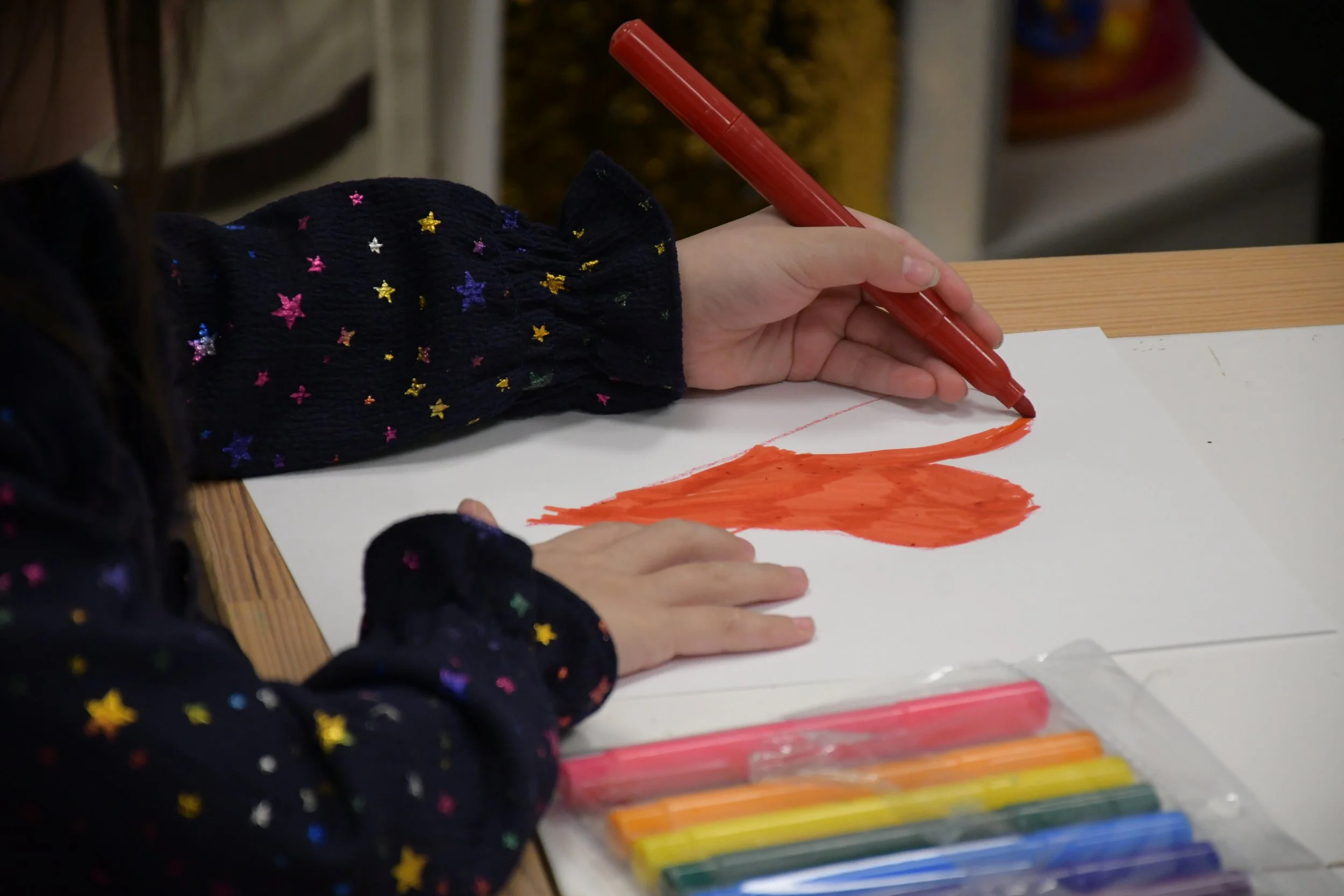Child and Youth Therapy
Children and Youth can seek out therapy on their own or with the support of their caregivers for a variety of issues including bullying, trauma, family and sibling dynamics, exploration of faith or culture, school attendance issues, identity formation, emotional regulation issues and more. Every child is unique in their needs, so it’s important to find a therapist who is the best fit for them. We have a variety of therapists available to work with children and youth which means we’ll help you find someone your child is comfortable trusting and opening up to.
At What Age Does GWTC Consider Someone a Child?
“There is no universally accepted, legally defined age of consent for health care decision-making in Canada.” Because of this our office considers a child anyone under the age of 16. What this means is that under the age of 16 our clients need consent from a legal caregiver to access services. This also means their caregiver has access to their file and to information discussed in session. That being said “concern regarding privacy is often cited as the primary barrier preventing adolescents from seeking health care services,” which is why while you might have access to your child’s file and therapy information, we encourage you to allow them to keep the therapy space private.
Over the age of 16 we treat the teen like an adult client, which means that teenager can consent to services on their own without their caregivers being involved. This also means that they have to consent to any information in their file being shared with their caregivers or other health professionals, it is not information that can be shared upon request.
What Does Child or Youth Therapy Look Like?
Depending on the needs and developmental level of the client, therapy might look like traditional talk therapy or it might involve verbally-optional techniques like play, art or sandtray. Like adult therapy sessions, the first few sessions will involve getting to know each other, getting to know the client (and caregivers) goals for therapy, and doing a history taking and assessment phase. Some children and youth take longer to open up to a therapist, especially if there has been trauma or attachment-wounds, so it’s important to give them time to open up as they feel comfortable. This might mean starting with shorter sessions or having the caregiver sit in with them for all or part of their sessions at first.
When working with children and youth some therapists use directive strategies, and some use non-directive strategies. Directive play therapy is therapy “in which the therapist is actively involved, structuring a child’s activities by providing selected play materials and encouraging the child to use them in the enactment of ‘pretend’ situations and the expression of feelings.” Non-directive play therapy is "based on the principle that a child has the capacity to revise their own attitudes and behavior. The therapist provides a variety of play materials and either assumes a friendly, interested role without giving direct suggestions or interpretations […]. The therapist’s accepting attitude encourages the child to try new and more appropriate ways of dealing with problems.”
If you’re curious about why therapists use a lot of play in their work with children and youth, we like to direct caregivers to this video about how children communicate and experience the world around them.
Types of Therapy and Support
Therapy for children and youth can be focused on a variety of issues related to behaviour, relationships, identity, problem solving or processing. Each clinician will have their own approach to working with children and youth, but some of the approaches you might experience at The Growth & Wellness Therapy Centre include:
Play Therapy
Therapeutic Arts
Sandtray
Music-Based Therapy
Cognitive Behavioural Therapy (CBT)
Dialectical Behaviour Therapy (DBT)
Internal Family Systems (IFS) or Parts Work
Parent-Child Attachment Work
Parent Coaching
Eye Movement Desensitization and Reprocessing Therapy (EMDR)
Working with a Clinician
Our office has a number of professionals who work children and youth, who you can view below. Once your clinician has met with your child and you, they will make a plan to address the symptoms or causes that your child or youth is coming to therapy for. Therapy is most effective when there is a strong connection between the therapist and client, and because of that we encourage you and your child or youth to meet for consults with as many clinicians as you need to ensure the best fit.

















